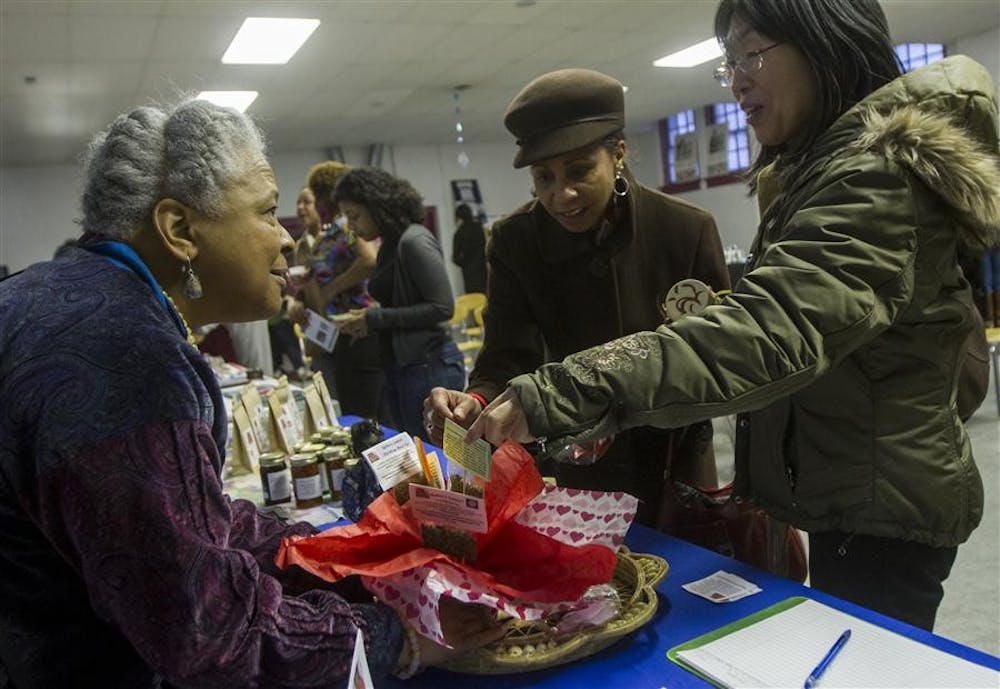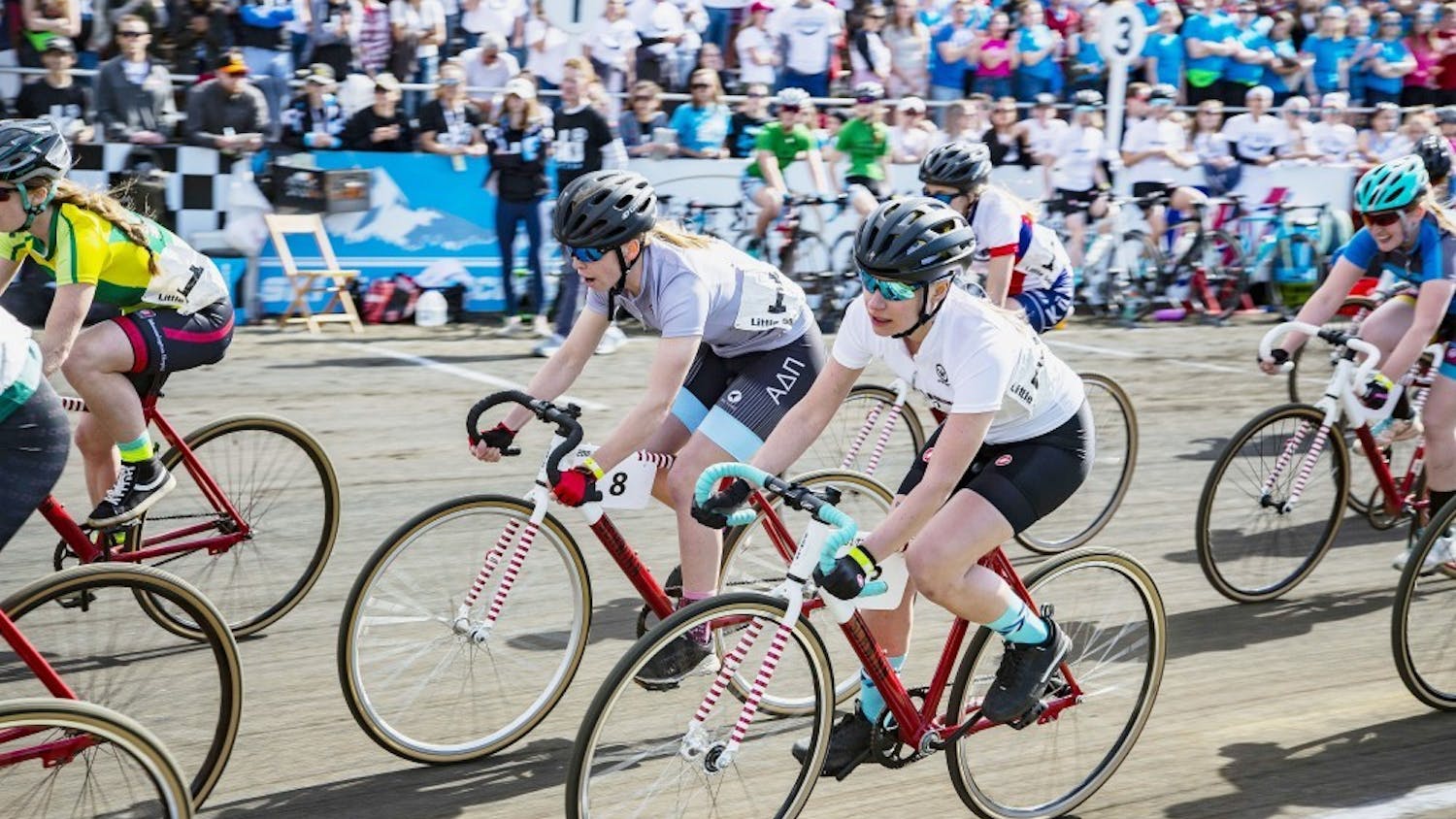The Black Market burned down on Katrina Overby’s birthday.
On Dec. 26, 1968, just more than a decade before she was born, two Bloomington residents affiliated with the Ku Klux Klan threw a Molotov cocktail in the windows of Bloomington’s Black Market, destroying $20,000 worth of property inside the building, including dashikis, music albums, jewelry and natural hair products.
Now, at the corner of Kirkwood Avenue and Dunn Street, there are no remnants of the store, only People’s Park.
Overby led the charge to revive the spirit of the Black Market, even if just for an evening.
She coined the term for the event that took place last Friday when black-owned businesses met in the Bethel A.M.E. Church — another historical black landmark in Bloomington — Black Market Friday.
“My colleague, Carl Darnell, kept making mentions about the Black Market,” Overby, vice president of the Black Graduate Student Association, said. “So the more and more I learned about it and looked it up on the Internet and saw the story, I thought that it would be a great idea to do it for Black History Month. It doesn’t seem like it’s been done before.”
Rollo Turner, who founded the Black Market in 1968, was also a graduate student when he was at IU.
“So I was like ‘what better way to try help remember black businesses back to Bloomington?’” Overby said.
Bloomington native and IU Health Professions and Pre-Law Center staff member, Betty Bridgwaters said in the 1960s, nationwide social movements like the anti-Vietnam counterculture movement and the Black Power movement provided impetus to improve black life at IU and in Bloomington.
“During that period, things came to a head,” Bridgwaters said. “Young people, black and white, were protesting the status quo and the norms. They wanted to overturn and change a lot.”
Bridgwaters said black graduates and faculty members had two goals: create the Black Studies Department, which later became the Department of African and African American Diaspora Studies, and create a place where students and the community could buy African and African American made products like jewelry, head wraps, artwork and figurines.
“That was the one place you could go and see something that you wanted to buy,” Bridgwaters said “They wanted it right here in Bloomington.”
This place became known as the Black Market.
Bridgwaters remembers the Black Market as a place where you would see black people and others from the community buying African-derived items. However, Bridgwaters remembers there was always tension going in and out of the shop, because of racial intolerance in the Bloomington community.
Three months later, the racial intolerance exploded with the building’s destruction.
A few years later, the owner of the Black Market, Kathy Canada, who is also a Bloomington philanthropist and an Eli Lilly heiress, donated the land that would became People’s Park.
Forty years later, the Black Market’s activities have moved from People’s Park to Bethel A.M.E. Church on a cold, winter Friday night in Bloomington.
In a spacious room in the church, there are remnants of the Black Market. Just like the old market, the new event included about 13 black innovators who created products, whether it was cheesecake, jewelry, music, shea butter, ribs or scarves.
Now, however, the old vinyls of the ’70s are gone, replaced by a MacBook Pro and handheld speakers.
One United States National Track and Field qualifier expressed his love of art at his booth with paintings and self-portraits of his hardships in college. One graduate student had her own cleaning service. A young woman named Jasmine had recently started her own blog called “The Journ3y” to inspire and promote self-esteem in young women like her. Rob gave samples of caramel and chocolate cheesecakes.
Bloomington resident Patricia Carolyn Coleman has her own shop, called Patricia’s Wellness Arts Cafe which is filled with a potpourri of homemade items she had on display like certified organic teas, jellies, dolls, local artworks and quilts.
“I love making things and I think that every person is creative and I like sharing that with them,” Coleman said. “I love seeing the creative talents of people. And the thing is, there are people here that ... I just know that there are so many creative people here in ... so much light is being hidden under the bushel and this is a shining. We need all the people to shine.”
Overby said the main goal for this event is to give others in Bloomington’s black community an opportunity to network and communicate.
“There are a lot of students on campus that don’t know that these businesses exist,” Overby said. “We just want to get black people more exposed to each other and fill this gap in what we call community.”
Graduate students revive Black Market

Get stories like this in your inbox
Subscribe



